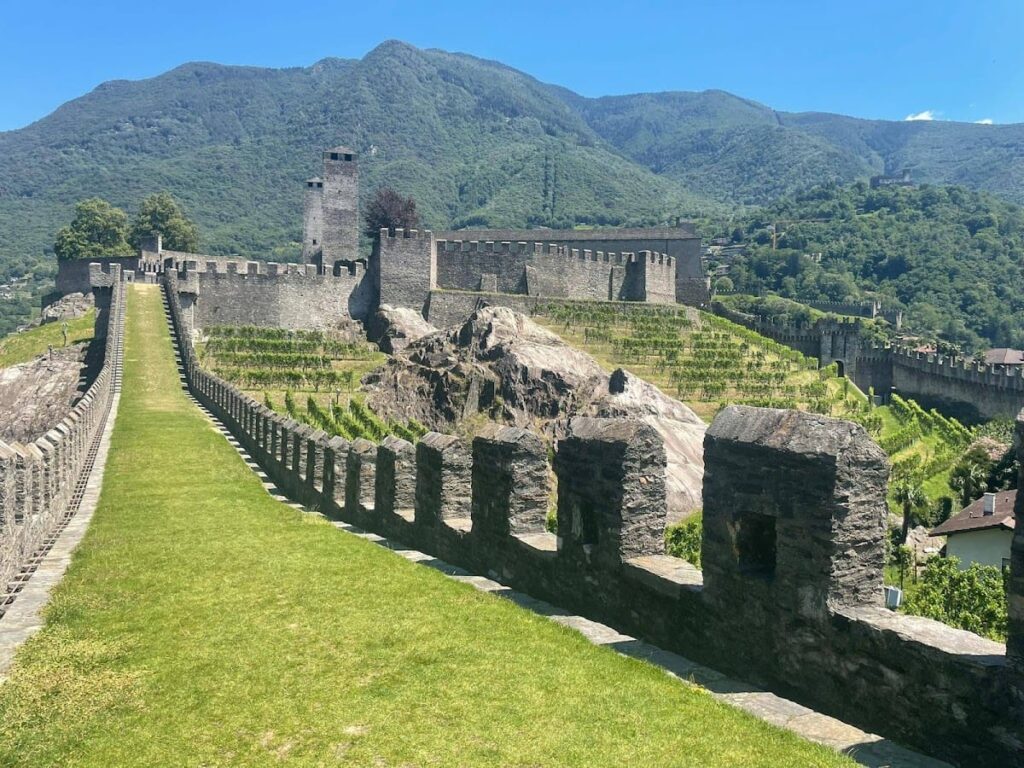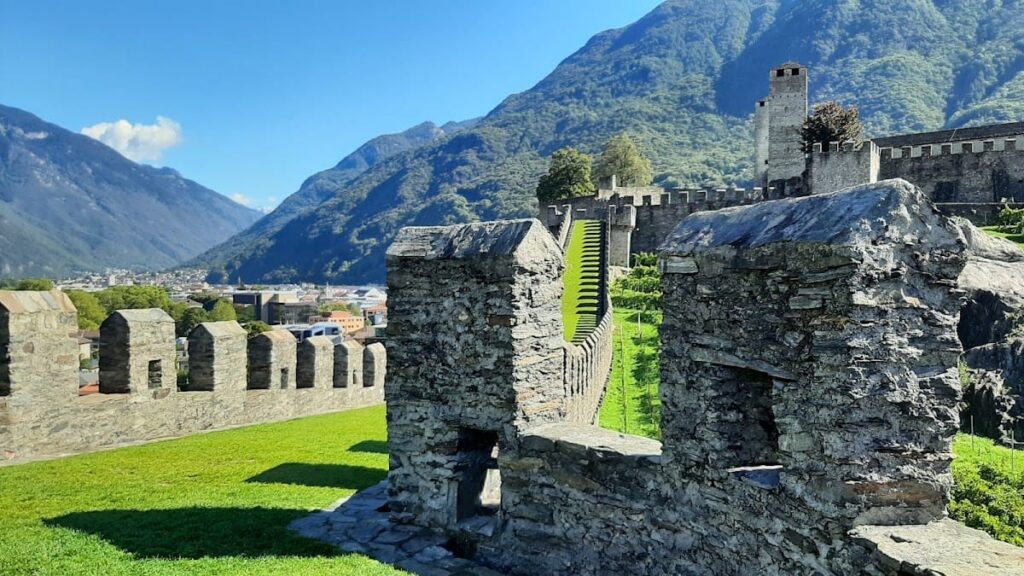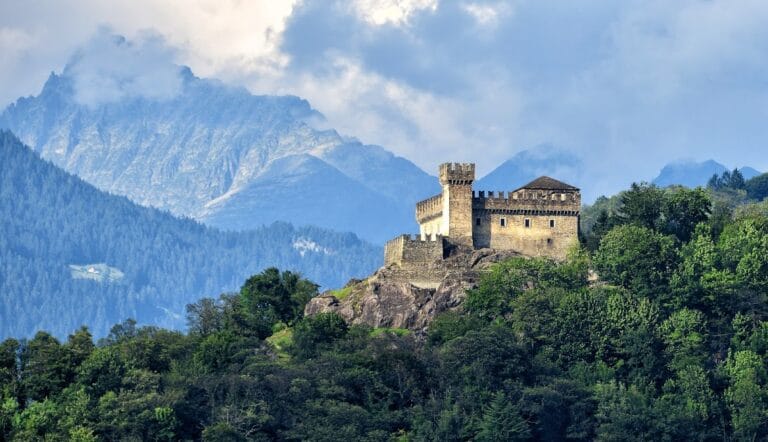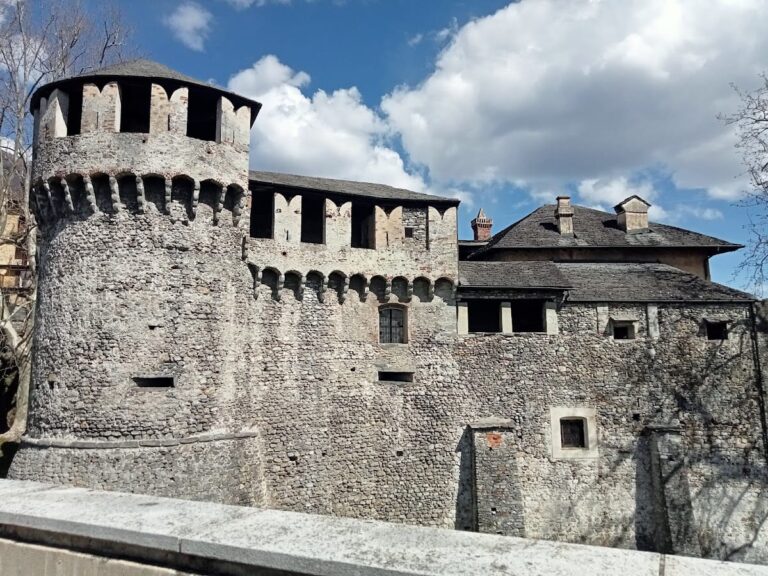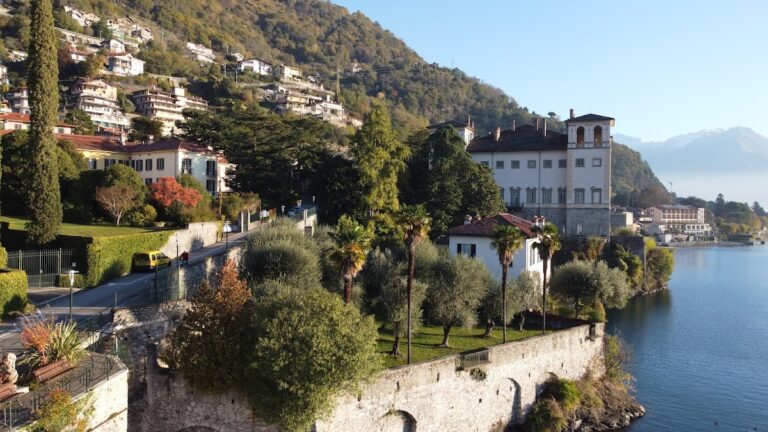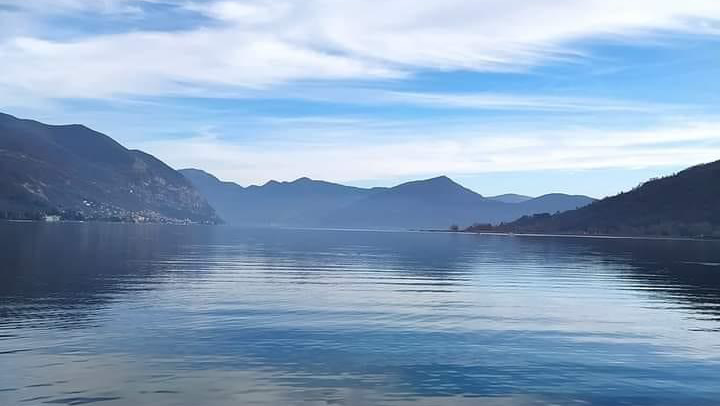Castelgrande: A Historic Castle in Bellinzona, Switzerland
Visitor Information
Google Rating: 4.7
Popularity: Medium
Google Maps: View on Google Maps
Official Website: fortezzabellinzona.ch
Country: Switzerland
Civilization: Medieval European
Remains: Military
History
Castelgrande is located in Bellinzona, the capital of the canton of Ticino in southern Switzerland. The site’s earliest fortifications date back to the late 1st century BC, built during the reign of Roman Emperor Augustus. This initial construction formed part of a defensive system securing the northern borders of Italy.
In the 4th century AD, the castle was rebuilt and expanded as the Roman Empire sought to strengthen its northern defenses. After the fall of the Western Roman Empire, control passed through several powers. Around 500 AD, the Ostrogoths held the site, followed by the Byzantines in the mid-6th century. From 568 or 570 AD, the Longobards took possession, and later the Franks assumed control from 774 AD. By the 11th century, the castle was under the authority of the Holy Roman Empire and the Bishop of Como.
Throughout the Middle Ages, Castelgrande was a focal point in regional conflicts. It resisted invasions by Alemannic and Frankish forces and became a contested stronghold during the Investiture Controversy, a power struggle between secular and religious authorities. Between the 12th and 14th centuries, the castle was involved in the Guelph-Ghibelline conflicts, particularly between the cities of Milan and Como.
In the 14th and 15th centuries, the Dukes of Milan, first the Visconti and later the Sforza families, undertook significant expansions and fortifications of Castelgrande and its surrounding defenses. These efforts intensified after Swiss forces launched attacks in the late 15th century. In 1499, French troops occupied the castle but were expelled by a local uprising in 1500. Following this, Bellinzona joined the Swiss Confederation and was jointly governed by the cantons of Uri, Schwyz, and Unterwalden until 1798.
Under Swiss administration, Castelgrande gradually lost its military importance. The castle fell into disrepair and was repurposed as an arsenal and prison during the 19th century. Around 1900, restoration efforts began, culminating in major renovations from 1953 to 1992 led by architect Aurelio Galfetti. These works transformed parts of the castle into museum spaces and public parks. In 2000, Castelgrande, along with the nearby Montebello and Sasso Corbaro castles and the city walls, was recognized as a UNESCO World Heritage Site.
Remains
Castelgrande occupies a rocky hill measuring roughly 150 by 200 meters. The fortifications follow the natural shape of the hill, which features a near-vertical cliff to the north and steep slopes to the south. The visible structures mainly date from the medieval period, between 1250 and 1500, with some 19th and 20th-century restorations. Roman foundations lie beneath but are not visible.
The castle’s interior consists mostly of open, flat areas divided into three large courtyards, or baileys. These are separated by walls that radiate from the central Terre Nera tower, built in the 14th century. The tallest tower, known as the Torre Bianca, dates to the 13th century and is surrounded by the Bishop of Como’s palace. This palace may include masonry from the 10th or 11th century.
The South Wing marks the southern edge of the castle and was constructed in two phases during the 13th and 15th centuries, built upon earlier foundations. West of the South Wing stands a 19th-century arsenal building, which was fully renovated in the 20th century and now serves as a restaurant.
Archaeological remains include the foundations of two chapels located in the southern bailey. In the western bailey, ruins of a church, possibly dedicated to the Madonna, have been uncovered. Buildings that once stood in the northern bailey have been destroyed. The steep northern cliff was not protected by a defensive wall until the 14th or 15th century.
Access to the castle is possible via an elevator from the base of the rock or by steep streets passing through the city walls. The South Wing houses a museum that presents artifacts spanning 6,500 years of human presence on the hill. Exhibits include items from the Neolithic period through the 20th century, decorated ceilings salvaged from historic buildings, and a collection from Bellinzona’s former mint.
